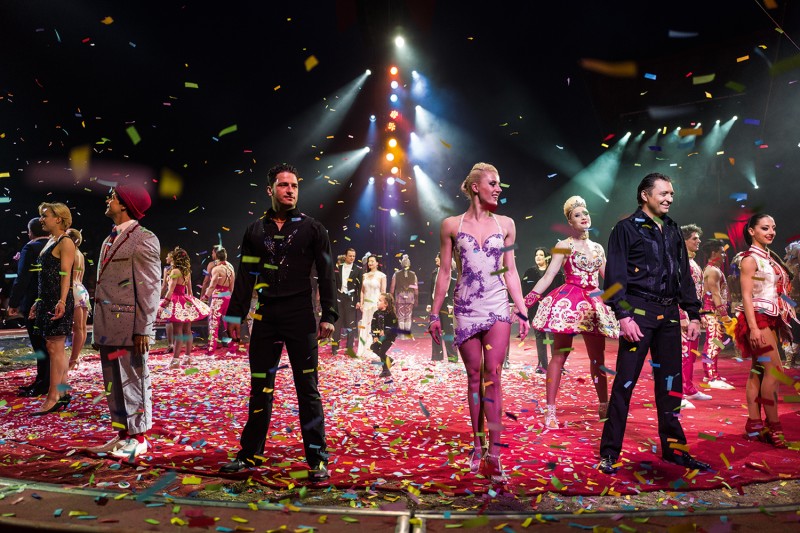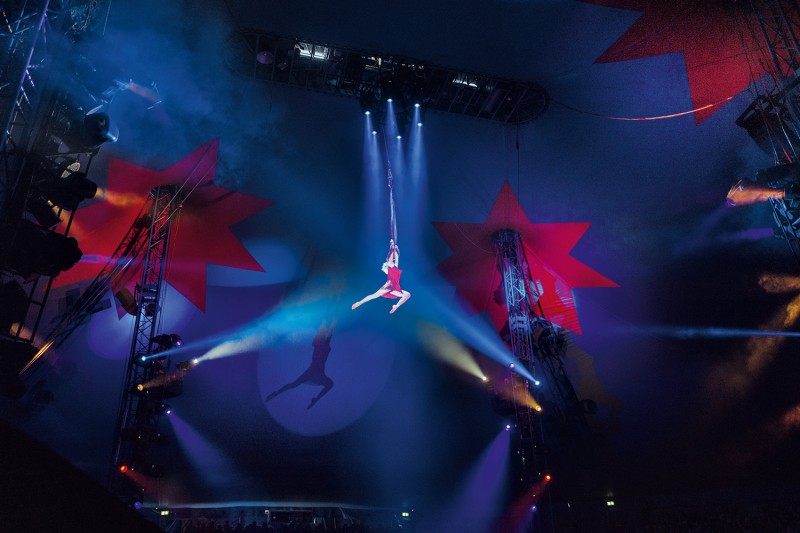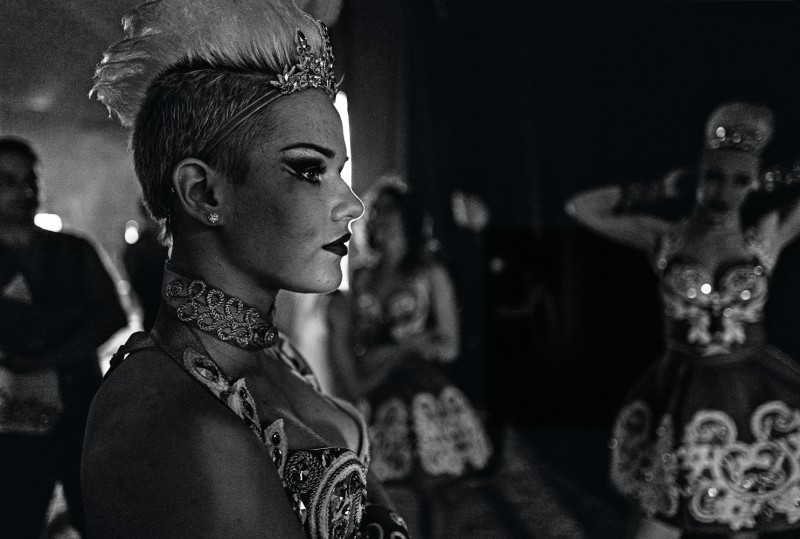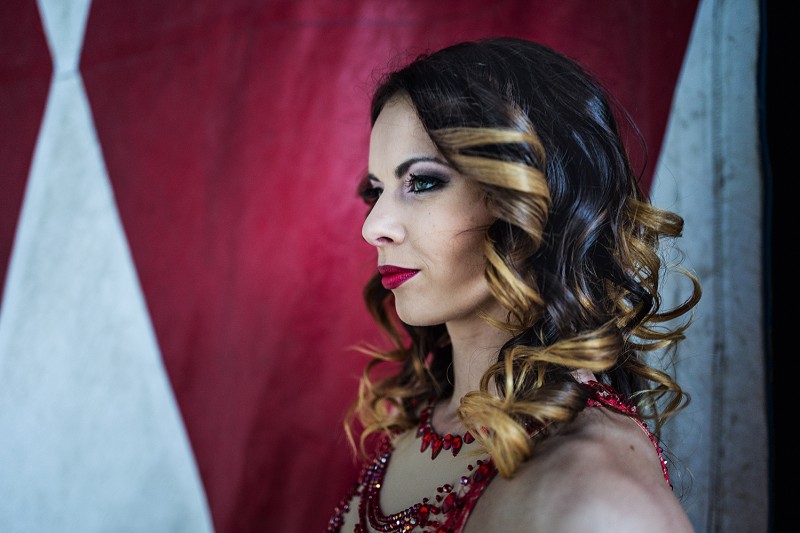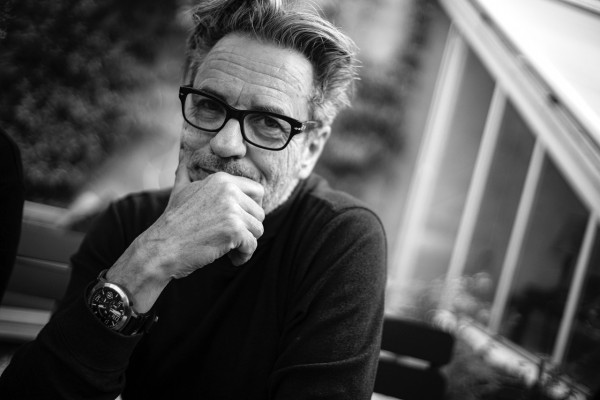A visit to the circus with a Q
A visit to the circus with a Q
Alberto Venzago
July 2, 2015
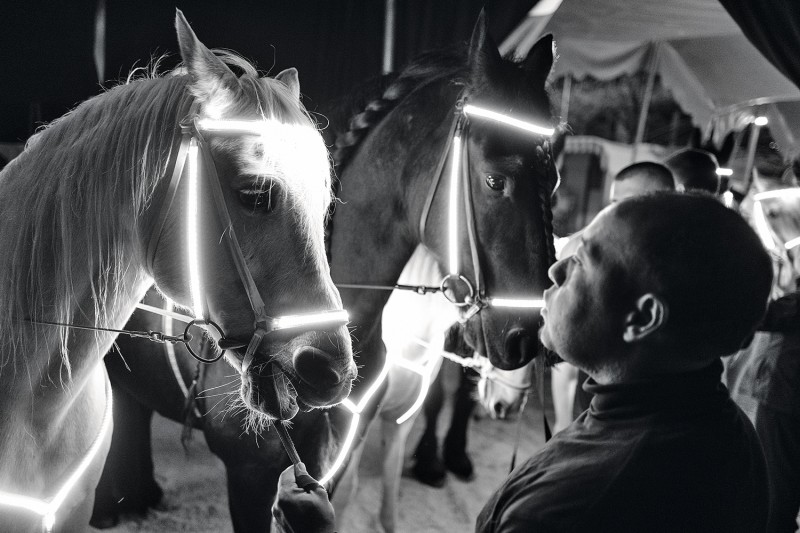
Extreme situations behind the scene and in the arena: what kind of experiences did you have with the Leica Q and the Swiss National Circus Knie?
What I liked was that, as a photographer and silent observer, I was invisible. The camera is small and the shutter hardly makes a sound. In addition, the manual setting through the viewfinder with the magnifying function really proved its value in the extremely low light! I’m dependent on a viewfinder because I can’t get my head around a display. With enough light, the autofocus is also very fast.
How well did the camera do in the Available Light setting?
Surprisingly well. The noise is acceptable and can be moderated in extreme cases. Thanks to the 1.7 aperture, I always remain within a tolerable range, even though there were often times when it felt like I had landed in the belly of a whale. I nearly like the Q even more than the M.
How did the 28mm focal length work for you?
It was problematic at first. I’ve been taking pictures for nearly 40 years with virtually only 35 mm lenses. My mind’s eye is like a parallax viewfinder, seeing things with a 35 mm focal length. A 28 mm is very special. How close up can I get before things begin to get distorted? But I love fixed focal lengths. I like to get up close to an object, and I quickly got used to it.
Because of its lens, do you see the Q as a “specialist” camera or a Leica that can be used anywhere?
As I said, I can well imagine it becoming a second favourite next to the M ... The camera is easy to handle, it fits in any bag and the main thing is that it delivers great quality. For night-time, in particular, it’s a good choice as an Available Light camera.
You’re known as a black and white photographer, but your colour photos of the circus really shine – was it just a test for you or did it convince you?
For sure, my world is a black and white one. After all, I love stories at the edge of the abyss. But a circus is a colourful, sparkling world of illusions, acrobatics and precision. The Q was perfect for this world, which is why I chose it. Childhood memories, light-heartedness and colours that are too beautiful, too bright – but this is what I found so fascinating.
Can you imagine projects or assignments where you would take the Q with you?
In some cases it will be my constant companion. I’ll use it to sketch projects, but also when it’s a question of having the right tool on hand, it fits very well. And, with a wife who is a model and a family with more models, I also like to strike a dashing figure myself [laughter].
Alberto Venzago+-
was born in Zurich on February 10, 1950. After studying Remedial Education and Clarinet, he decided in his mid-twenties to become a self-taught photographer. He gained rapid success, moving effortlessly between photo-journalistic documentation, free artistic work, and advertising photography. He also works as a film director. More

